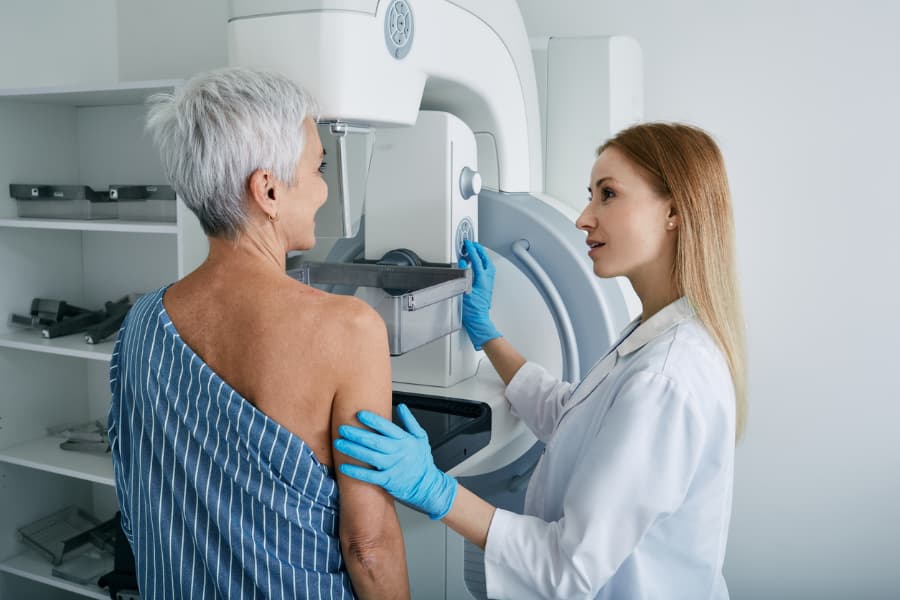When individuals check in for their yearly mammogram these days, a few may face a startling question:
In a recent visit to Washington Radiology, a colleague experienced a novel approach to mammogram screenings that extended beyond breast cancer detection.
For $119, the practice offered an artificial intelligence (AI) software analysis to examine her mammogram for signs of calcification in the arteries of her breasts, which could indicate a potential risk for cardiovascular disease.
What This Screening Entails
Traditionally, mammograms are primarily utilized for the detection and diagnosis of breast cancer. However, they also reveal information about the calcification of arteries within the breast tissue, which can manifest as parallel white lines on the imaging.
While these calcifications have long been regarded as “incidental” findings unrelated to breast cancer, they may correlate with an individual’s risk for heart disease.
Historically, these calcifications have been visible in mammography images for decades, and some radiologists have included notes about them in their reports.
However, this information was rarely communicated directly to patients. Now, several practices are changing this approach, making such results available to patients—often for an additional fee.
Washington Radiology’s Approach
Although Washington Radiology did not respond to requests for an interview, a video on their website showcases their innovative “Mammo+Heart” AI screening program.
In the video, Islamiat Ego-Osuala, a breast imaging radiologist, expressed optimism about the advancements in radiology, stating, “If the past few decades has taught us anything about the field of radiology, it is that the sky’s the limit. The possibilities are endless.”
Skepticism Among Experts
Despite the enthusiasm surrounding this new screening method, some imaging specialists express caution regarding its effectiveness for assessing heart disease risk based solely on breast arterial calcification.
Critics argue that while the presence of calcifications can indicate cardiovascular risk, the correlation is not robust enough to warrant a routine screening practice at this point.
As the conversation around integrating heart disease risk assessments into mammogram screenings continues, patients should weigh the benefits and limitations of such services and consult with healthcare professionals to make informed decisions about their health.



